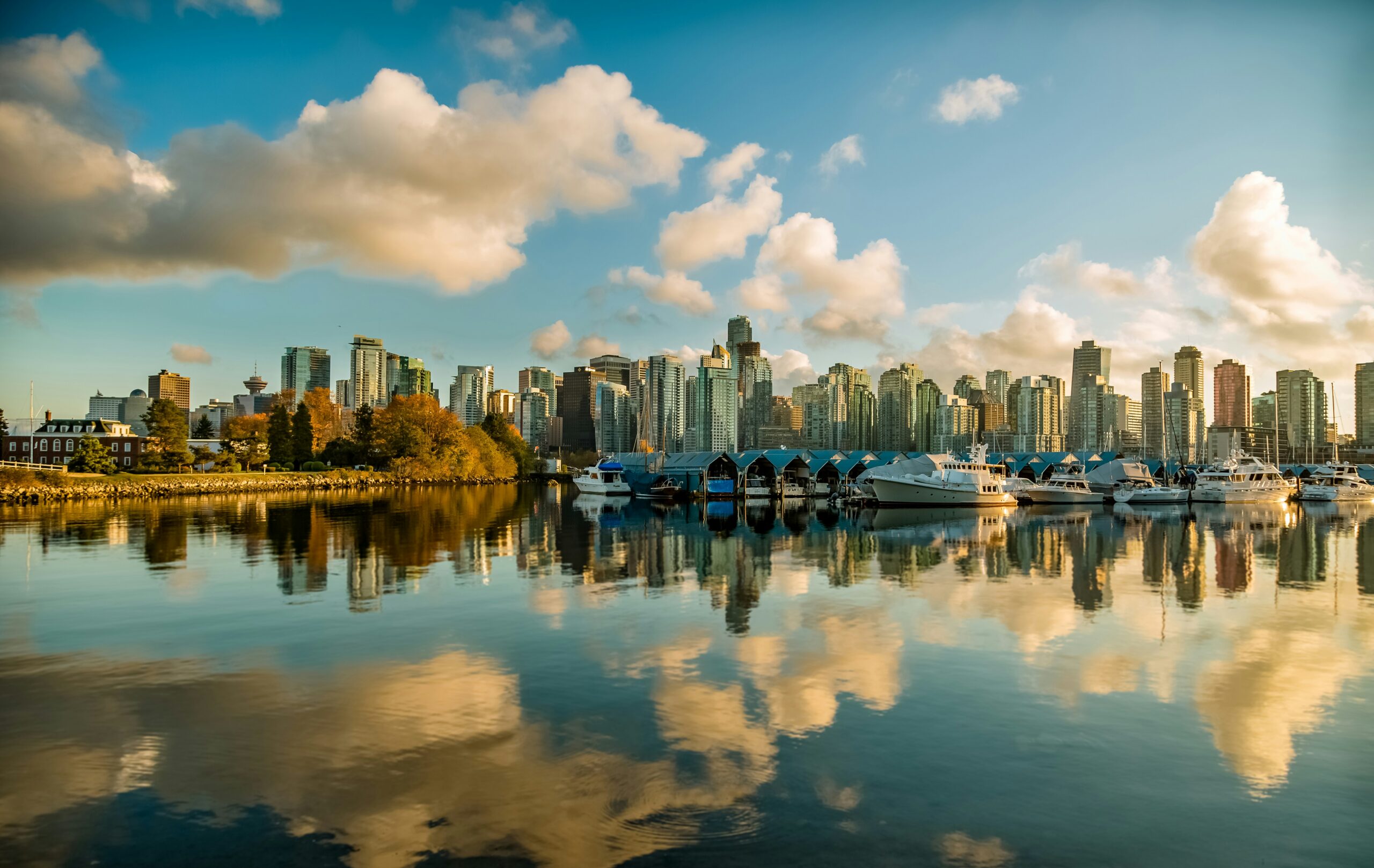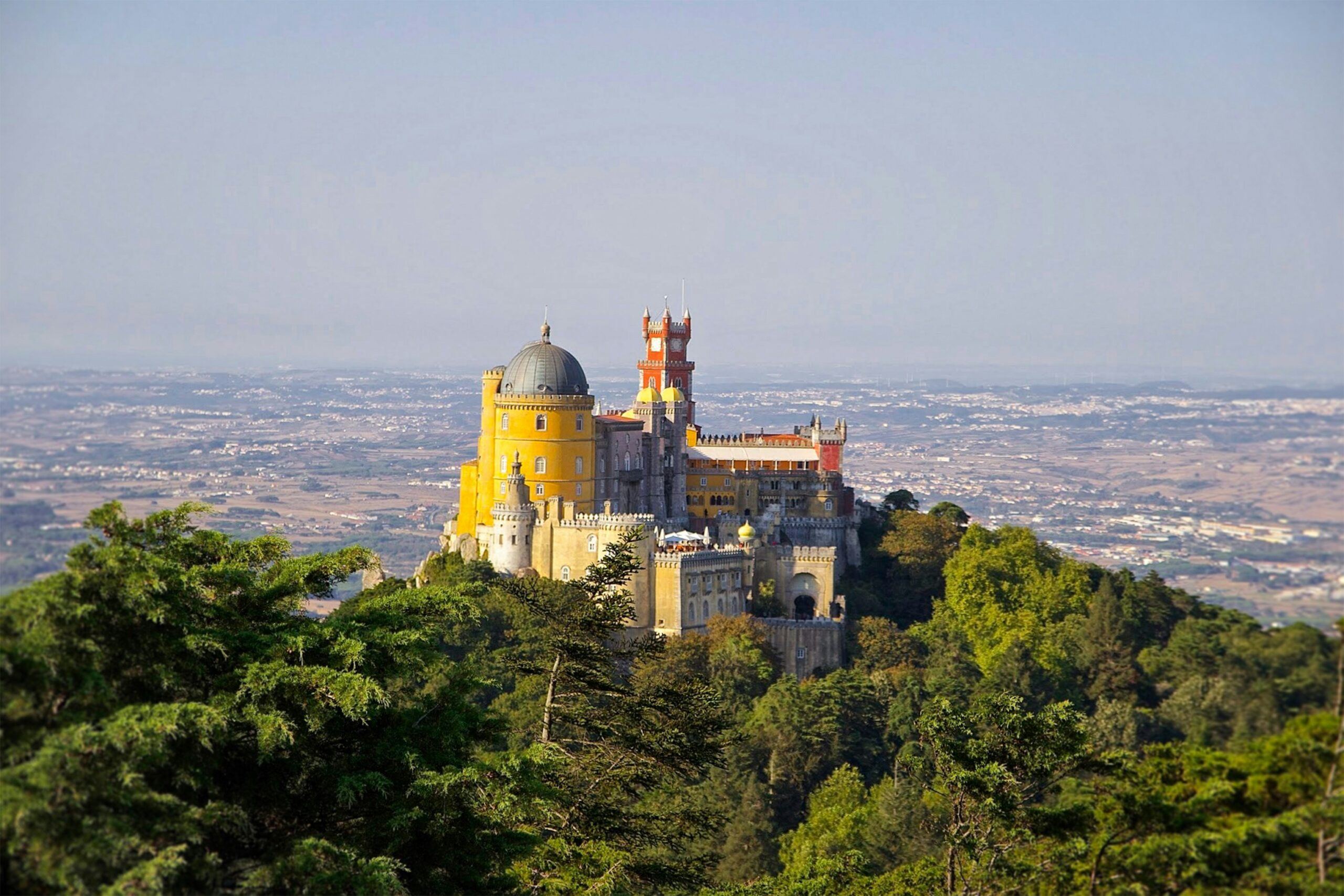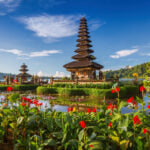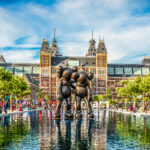Pena Palace is one of the most fantastical castles ever built. The former royal residence fascinated kings for centuries and is not far from Lisbon
Pena Palace’s multicolored, Romanticist castle looks out over the town of Sintra near Lisbon. It was the summer residence for many of the Portuguese royal family and is surrounded by a stunning park full of exotic plants and trees from around the world. The palace is called the Jewel of Sintra for good reason and can be seen from Lisbon on a clear day.
The imaginative castle has a history stretching back hundreds of years. During the Middle Ages, a chapel stood in its place. This was a favorite location for royal pilgrimages. When King Manuel I came to power, he decided to turn it into a small monastery. Manuel was the king who expanded Portugal’s power across the world, made the seafaring nation one of the richest, and had an architectural style named after him because of the buildings that were constructed during his reign.
The Monastery of Saint Jerome, as it was called, was badly damaged by lightning and then razed by the Great Lisbon Earthquake of 1755. The tsunami and fires caused by this earthquake also destroyed Lisbon and killed 12,000 people. The chapel and the art it held survived.
Ferdinand — The King-Artist
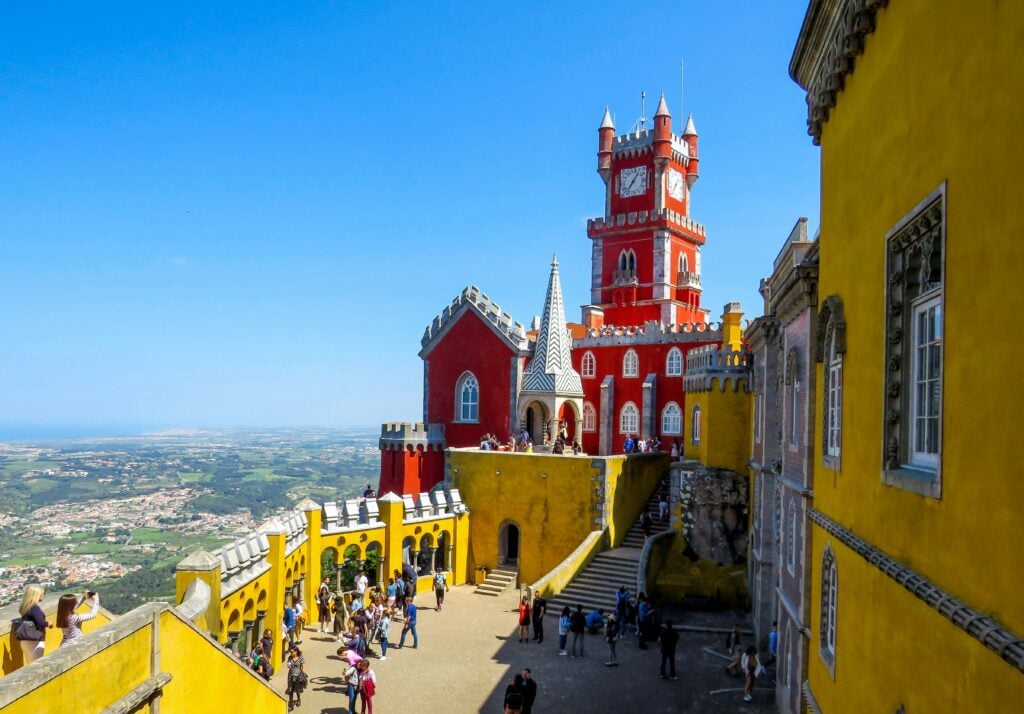
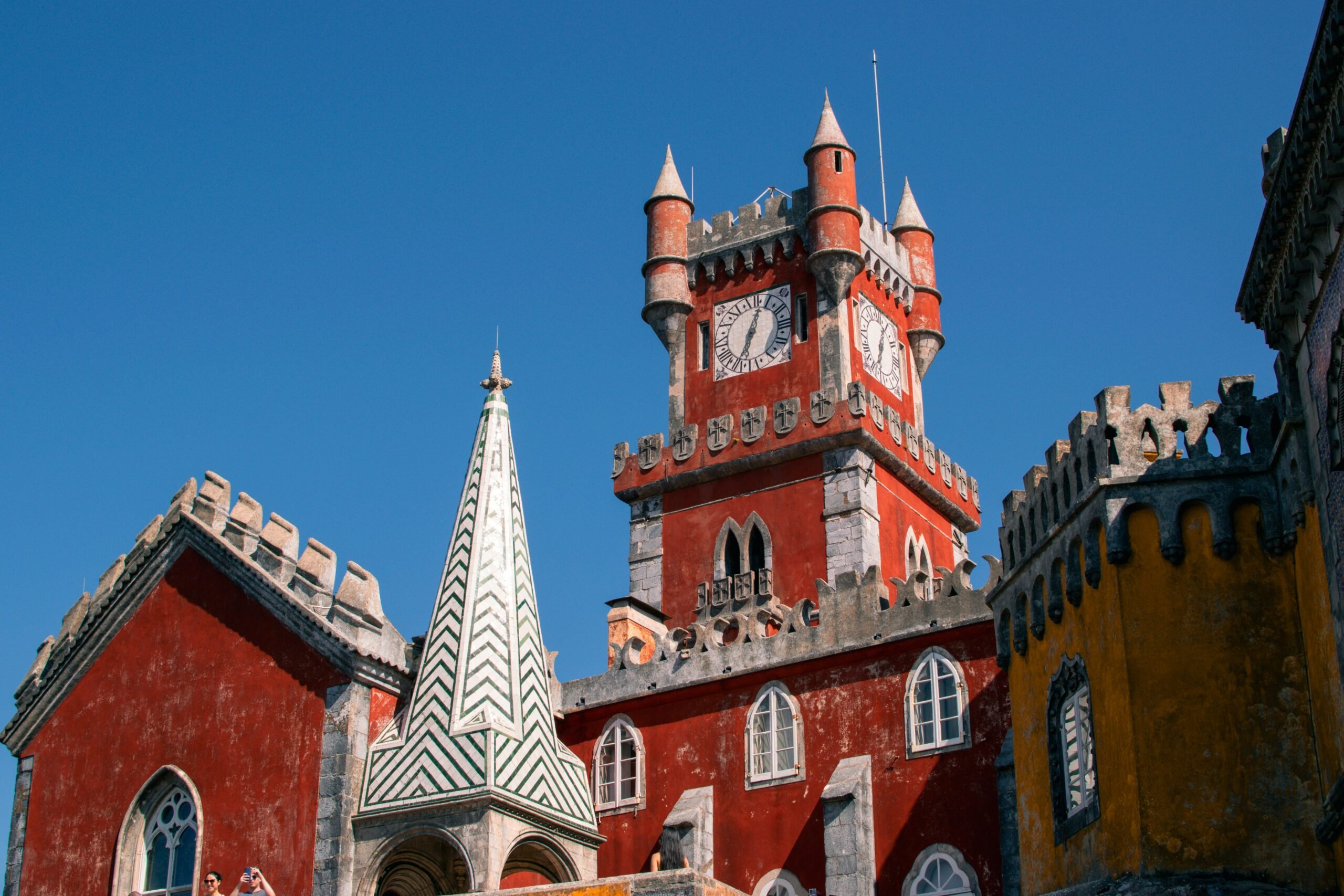
Visit Pena Palace on a Deluxe trip
The area around Sintra continued to fascinate the royal family. Almost 100 years later, King Ferdinand took possession of the monastery and the lands that surrounded it. Ferdinand was considered to be one of the most cultured men alive. He spoke seven languages and had a great interest in the arts. He was known as the King-Artist.
Ferdinand decided to develop the monastery as a summer residence, and then, as his excitement grew, as a palace. He brought in Baron Wilhelm Ludwig von Eschwege to supervise the project. Together, they built a castle that tied together Romanticist, Manueline and Moorish styles with medieval flourishes. They preserved everything of the monastery and chapel that could. With multiple styles, and red, yellow, cream and pink walls, Pena Palace could have been a disaster. It was a triumph.
The interior is just as diverse. From the vaulted ceiling of the Manueline dining room to the unfinished paintings of King Carlos, the Neo-Mudéjar bedroom of Ferdinand to the Gothic Great Hall, which is full of Chinese and Japanese art, there is no unifying style. But it is all stunning. Ferdinand had a great eye to bring everything together.
The Gardens of Pena Palace
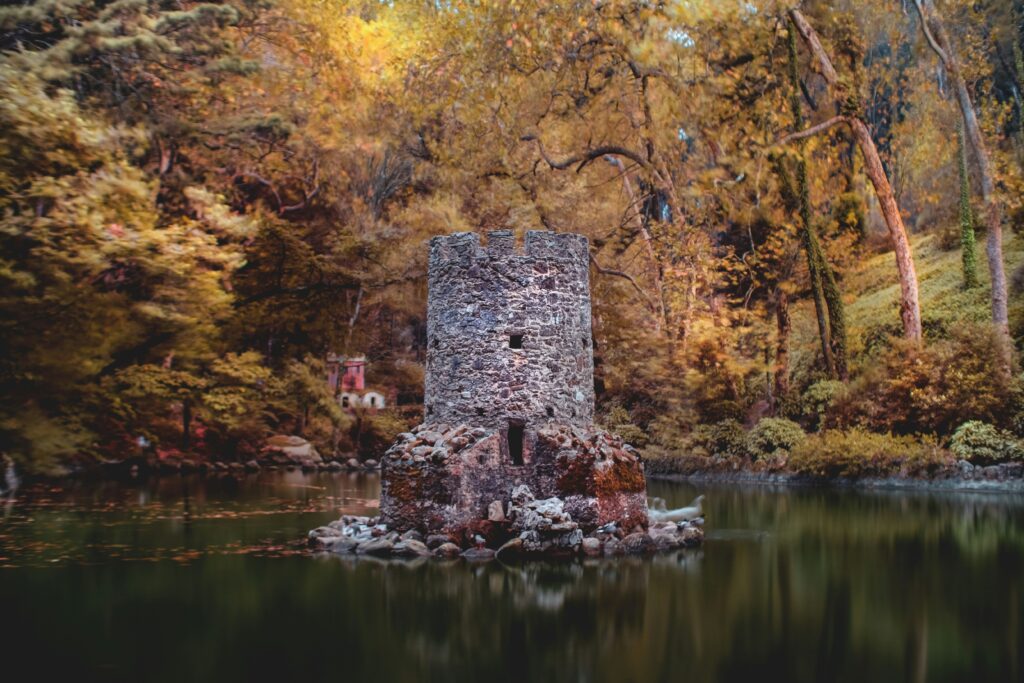
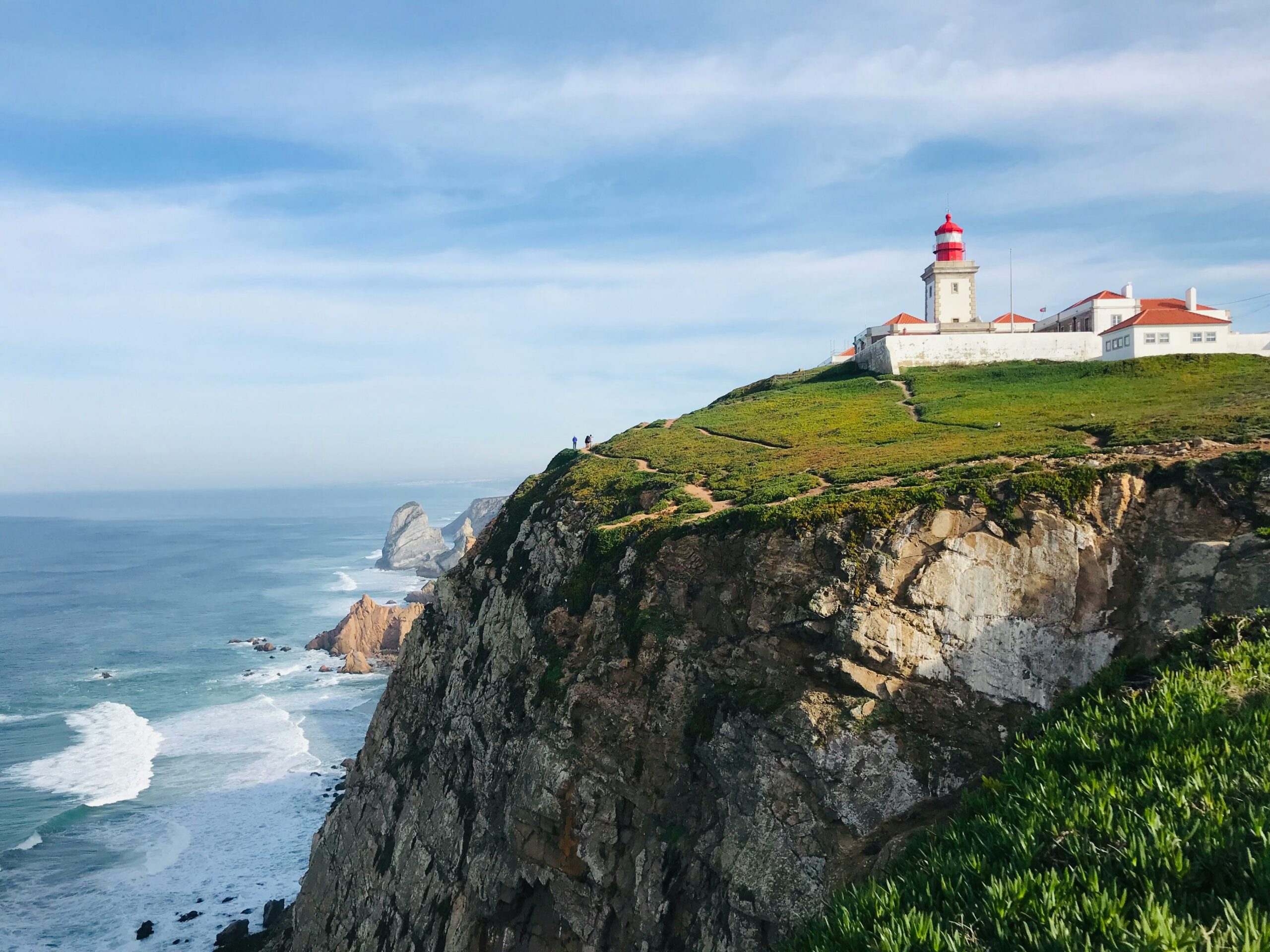
Walk through the beauty of sintra
The gardens and lakes of Pena Palace are easy to get lost in and around. These are vast — they cover almost 500 acres. The Garden of Camellias is full of varieties of the Chinese and Japanese flowers. In the Queen’s Fern Valley, you will find plants from Australia and New Zealand, including a huge Western red cedar and oaks. The Valley of Lakes holds five large pools connected by waterfalls and streams. Here you will find the Little Birds Fountain. The sound of the fountain is transformed by the acoustics of an Arabic pavilion into a tranquil murmur.
Portugal was in crisis in 1910, and Pena Palace found itself at the center of a revolution. The royal family was widely disliked and the Republican Party was strong. There had been a rebellion in 1891 and in 1908, King Dom Carlos I and his son were assassinated. On 3 October 1910, another uprising began. Queen Amélie, surprised by the events, was in residence in the palace. Two days after the revolution started, she and the rest of the royal family fled for Gibraltar. Pena was almost immediately turned into a national monument.
